Egypt Part 2 Cairo, Memphis and Saqqara
Cairo...what can I say? One of the liveliest cities I have ever been to. Driving there is damn near impossible. The lane markers are apparently just guidelines as we saw multiple times the roads congested 5 and 6 cars wide, all weaving and swaying in and out of traffic to the tune of honking and beeping of all octaves as if it were some kind of macabre death dance. Add to the fray the foot traffic and donkey carts and you have the very definition of chaos. And yes, this incredulous traffic system occurred on the highways and main streets alike apparently without limits on speed either fast or slow. We never saw a single traffic light, but we did see many a traffic violation by Western standards. For the most part we were confident in our driver's skills...doubtful any one of us could have taken on the challenge. However, there was one incident where we came upon an intersection and the car across from us pulled out to make a left; our driver drove straight across the intersection and passed him on his right, putting us into the left lane against oncoming traffic. Once clearing the vehicle he pulled back over to the right lane as if what he did wouldn't procure some type of ticket anywhere else in the world. All of us in the van looked at each other as if to say "WTF?!" Kind of makes my "hit and run" seem a little ridiculous don't you think? I'll have some videos later on of the traffic...hardly does it justice.
The Pyramids at Giza
Memphis
The following taken from Wikipedia: Memphis became the capital of Ancient Egypt for many consecutive dynasties during the Old Kingdom. Memphis reached a peak of prestige under the 6th dynasty as a centre of the cult of Ptah, the Egyptian god of creation and artworks. The approximately 80-ton alabaster sphinx that guards the Temple of Ptah serves as a memorial of the city's former power and prestige. It declined briefly after the 18th dynasty with the rise of Thebes (now Luxor) and the New Kingdom, and was revived under the Persian satraps before falling firmly into second place following the foundation of Alexandra. Under the Roman Empire, Alexandria remained the most important city. Memphis remained the second city of Egypt until the establishment of Fustat (or Fostat) in 641. It was then largely abandoned and became a source of stone for the surrounding settlements. It was still an imposing set of ruins in the 12th century but soon became little more than an expanse of low ruins and scattered stone.
The remains of the temple of Ptah and of Apis have been uncovered at the site as well as a few statues, including two four-metre ones in alabaster of Ramses II. The Saqqara necropolis is close to Memphis.
There is now an open-air museum in Memphis. This museum has many Ancient Egyptian statues on display, the most notable one being the 10m (33ft) Colossus of Ramses II, which is held in a small indoor building on the site.
We also noticed that this area looked exceptionally poor. It appeared to me as though the village homes were made of tents and homes with grass roofs. There were also many vendors selling fruits that appeared to live in their vendor stands, but I could be wrong. I don't have any pictures. Didn't feel right photographing such poverty up close.
Saqqara
The following is also taken from Wikipedia:Saqqara is a vast, ancient burial ground in Egypt, serving as the necropolis for the Ancient Egyptian capital, Memphis. Saqqara features numerous pyramids, including the world famous Step Pyramid of King Djoser, sometimes referred to as the Step Tomb due to its rectangular base, as well as a number of mastabas. Located some 30 km south of modern-day Cairo, Saqqara covers an area of around 7 km by 1.5 km. At Saqqara, the oldest complete hewn-stone building complex known in history was built: Djoser's step pyramid, built during the third dynasty. 16 other Egyptian kings have built pyramids at Saqqara, which are now in various states of preservation or dilapidation. High officials have added private funeral monuments to this necropolis during the entire pharaonic period. It remained an important complex for non-royal burials and cult ceremonies for more than 3,000 years, well into Ptolemaic and Roman times.
According to our tour guide, if we entered the Step Pyramid through the front "door", we would walk in a zig zag pattern for over 6 km down to the burial chamber. If we went in from the back, it would be a straight few hundred meters down to the chamber. Supposedly this was to deter the grave robbers. Guess none of them thought to use the back door...
More Cairo...
All traffic aside, we had a really enjoyable time in Cairo. The weather was just hot enough but we left there with a fine film of sand coating our skin and clothes. It is also rather windy there in the desert. We saw everything we wanted to see, Rhi and Jim rode a camel, we bought some nice papyrus paintings at a papyrus factory where we also enjoyed a demonstration in how to make it. Those of you who know me well know I took notes on that one. Now if I could just get my hands on a plant. We also got a bunch of perfume essences and I plan to make perfume sprays out of the Lotus Flower essence. It smells amazing and is unfortunately the only essence Egypt will not export. Of course we managed to stuff a few other trinkets into our luggage; King Tut's tomb for one and some pretty scarves and jewelry. Lunch in the city was delicious with a mixed grill of lamb and chicken served with delicious fresh baked bread similar to naan and wide variety of dipping sauces. It was also the only time eating that none of our tummy's got upset. Go figure! One more posting to go...lots of videos coming up from our last night at the resort.
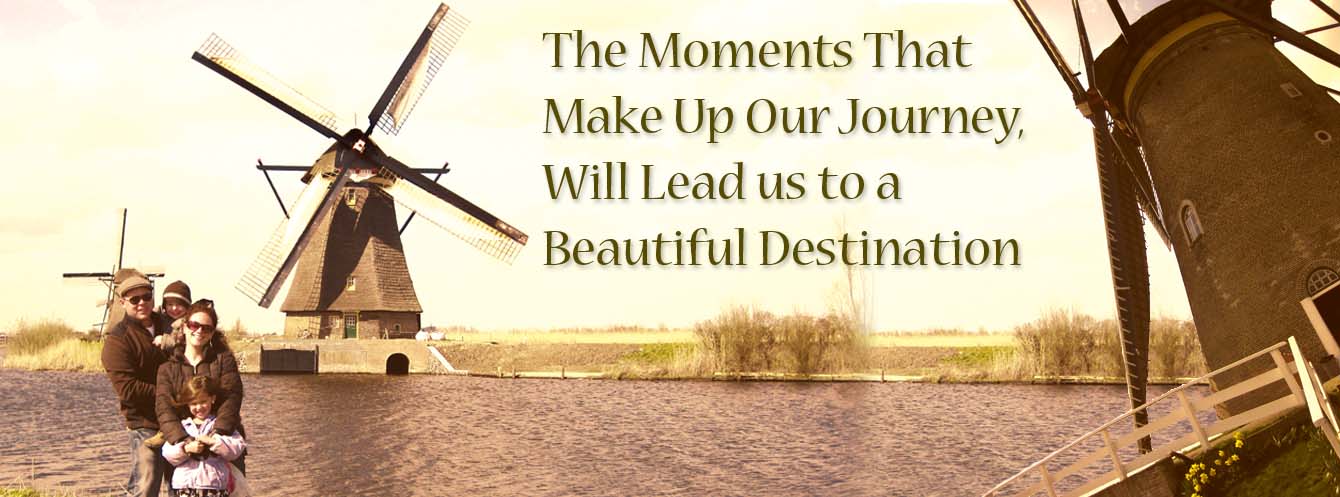





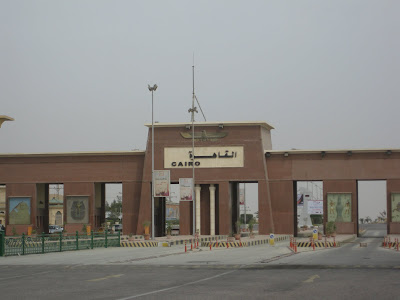






































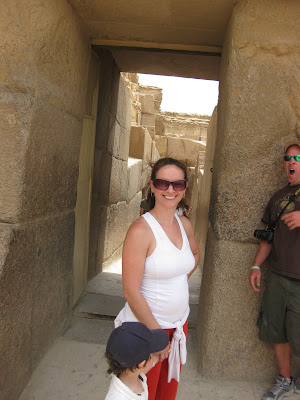














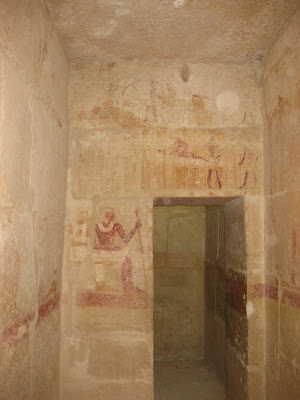

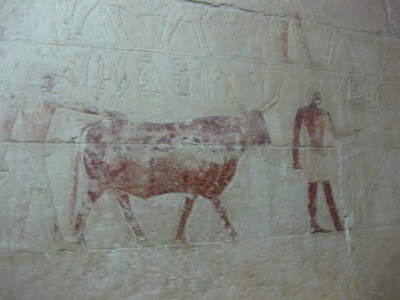














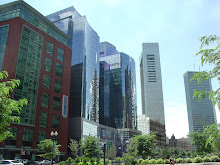
1 comment:
Amazing pictures. You really put the pyramids in perspective. When you see them on TV or in magazines it is hard to tell how huge they really are! I bet the kids don't know how lucky they are :)
Post a Comment